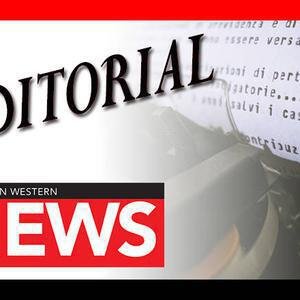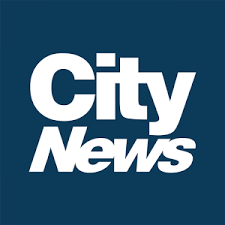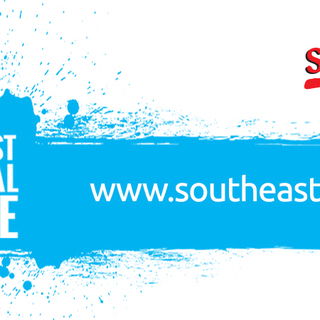President Donald Trump issued dozens of executive orders on his first day in office, including a reprieve for TikTok. But absent from his declarations is an implementation of tariffs, which he extensively mentioned on his way to the White House.
Shortly after winning November’s presidential election, Trump promised tariffs on his first day in office.
“On January 20th, as one of my many first Executive Orders, I will sign all necessary documents to charge Mexico and Canada a 25% Tariff on ALL products coming into the United States, and its ridiculous Open Borders,” Trump posted on Truth Social in November.
The president even spoke about tariffs during his inaugural address.
“Instead of taxing our citizens to enrich other countries, we will tariff and tax foreign countries to enrich our citizens,” the president said Monday, Jan. 20. “For this purpose, we are establishing the External Revenue Service to collect all tariffs, duties and revenues. It will be massive amounts of money pouring into our treasury coming from foreign sources.”
Where tariffs on Mexico and Canada stand today
For Mexico and Canada, the timeline for tariffs has changed. Trump told reporters Monday he was still looking at a 25% tariff on the two countries for allowing “vast numbers of people to come in and fentanyl to come in.” He said those tariffs would likely be enacted on Feb. 1.
In a memo titled, “America First Trade Policy,” Trump calls for the U.S. trade representative to look at the impacts of the U.S.-Mexico-Canada trade agreement, known as the USMCA, which Trump signed in his first term to replace NAFTA. The result of that analysis may help the president decide whether to stay in the trade pact. Trump also directed multiple agencies to look at the flows of fentanyl and migration over both borders.
Trump’s 60% China tariff threat
The president said before taking office that tariffs on China could reach 60% or more. Now, he is ordering his trade representative to look into whether China is breaking an existing trade agreement, which could lead to more tariffs. The action is aimed at “reversing the destructive impact of globalist, America last trade policy,” according to a fact sheet reportedly seen by Bloomberg.
Additionally, the president suggested China could face tariffs if Beijing stood in the way of selling off TikTok’s U.S. operations. But President Trump is open to negotiations. He said he would be having “meetings and calls” with his Chinese counterpart, President Xi Jinping.
The “America First Trade Policy” also directs government agencies to investigate Trump’s idea for an External Revenue Service, like the IRS, but for collecting tariff revenue. Currently, the Treasury Department sets tariff collection rules, and Customs and Border Protection collects them.
While it appears no tariffs will be charged in Trump’s first week in office, his 2,000-word memo affirms it is still a cornerstone of his trade policy.













